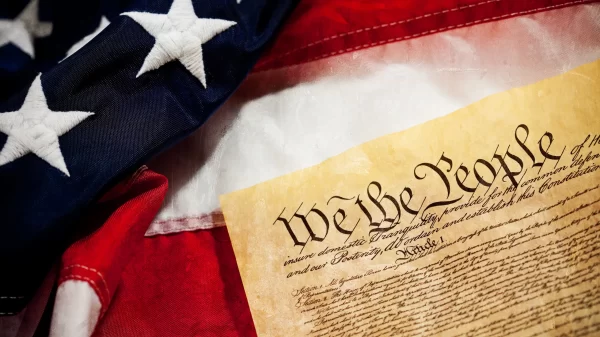By Jim Sullivan
The United States is, indeed, the world’s leader in delivery of electricity and natural gas to residential, commercial and industrial users. Our electric providers provide the highest level of national electrification at the overall lowest cost and the highest reliability of any country. For over a century our utility companies have grown and evolved into the premier example of a free economy working within the defined perimeters of fair and reasonable regulatory policy.
Through the decades, US utility regulatory policy has adapted to adjust and accommodate a growing industrial environment as our free enterprise system has grown into the world’s most vibrant, stable and efficient economy. In fact, our utility regulatory process is still evolving to employ the benefits of technological innovations, real time information and the industry’s century-old dependence on coal-fired power plants.
Traditionally, US electric and gas regulation has emanated from the individual states, implementing the policies that best utilize each state’s indigenous natural resources (whether coal, gas, hydro, wind or sun), coupled with real-time economic needs and realities. Many times, the best answers for providing lowest customer costs with highest reliability must be framed in state-specific or regional economic terms. There simply is no way that a uniform, broad-based federally implemented utility regulatory policy can meet the needs of 50 geographically and economically diverse states.
The effective regulation provided by states protects ratepayers through transparent, fair oversight while providing industry with an opportunity to make a fair profit. Additionally, strong, yet flexible, regulation ensures that bad actors cannot take advantage of unsuspecting customers. Moreover, while technological innovations are creating exciting possibilities, many come with extremely high developmental costs. Implementation must be tempered and balanced by the average customer’s ability to pay his or her bill.
States are the quintessential laboratories for experimenting with new policies. Whether implementing market established rates, renewable portfolio standards, smart meters, energy efficiency programs, or other innovative policies, state regulatory control has consistently and repeatedly proven to be the best approach. State regulators know their constituents best and they are positioned to fairly balance the equities for all affected parties.
Again, America is blessed with the best electric and gas delivery systems in the world. And even now, with the advent of Regional Transmission Organizations (RTOs) and Independent System Operators (ISOs), some regions of our great country are continuing to evolve by employing new transmission and computer technologies to achieve the best results for various geographic regions. Economies of scope and scale have proven themselves in some of these systems, but with the continued oversight of state regulatory agencies.
Our country’s electricity and gas systems are essential components of the critical infrastructure providing our national security and economic vitality. Hopefully, as the new administration explores energy and regulatory policy in the United States, it will take note of the century-long service and oversight provided by our country’s 50 state regulatory commissions. Indeed, the United States regulatory process has been honed to provide all ratepayers with maximum utility and reliability benefits coupled with protections from unreasonable rates and unscrupulous service providers.
I am certain that there are many areas where current United States regulatory energy policies can benefit from review and reform. As the Trump Administration moves forward, I hope they will see the importance of reinforcing the current state-federal structure which has long ensured the fair and efficient regulatory process established to balance the equities of both utility customers and companies.
While I firmly embrace the idea of “cutting unnecessary governmental red tape,” I would hope that the administration’s senior advisors will employ discretion with good judgment as they review utility regulatory policy and set about to implement forward-looking utility regulatory practices.
The Energy Institute of Alabama’s mission is to promote reliable, affordable and clean energy to help grow our economy, create high-paying jobs, and build public support for Alabama’s energy industry. Learn more at www.energyinstituteal.org.
C. James “Jim” Sullivan is president of The Sullivan Group, a utility consulting firm servicing the utility and other industries with regulatory and strategic counseling. Prior to founding The Sullivan Group in 2008, he served as the President of the Alabama Public Service Commission for 25 years. He is also a Senior Policy Advisor for the Energy Institute of Alabama.





















































